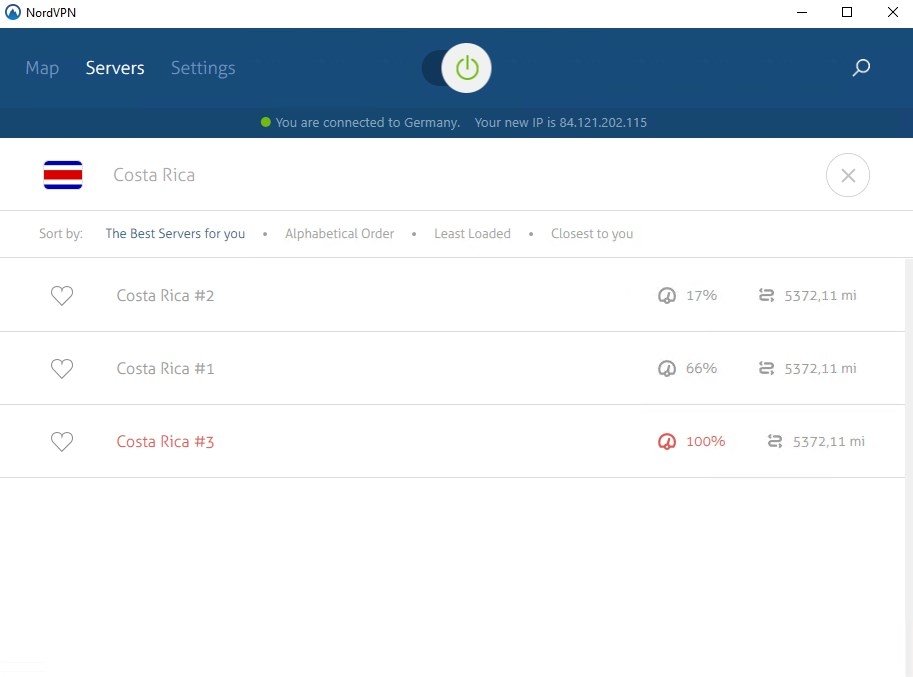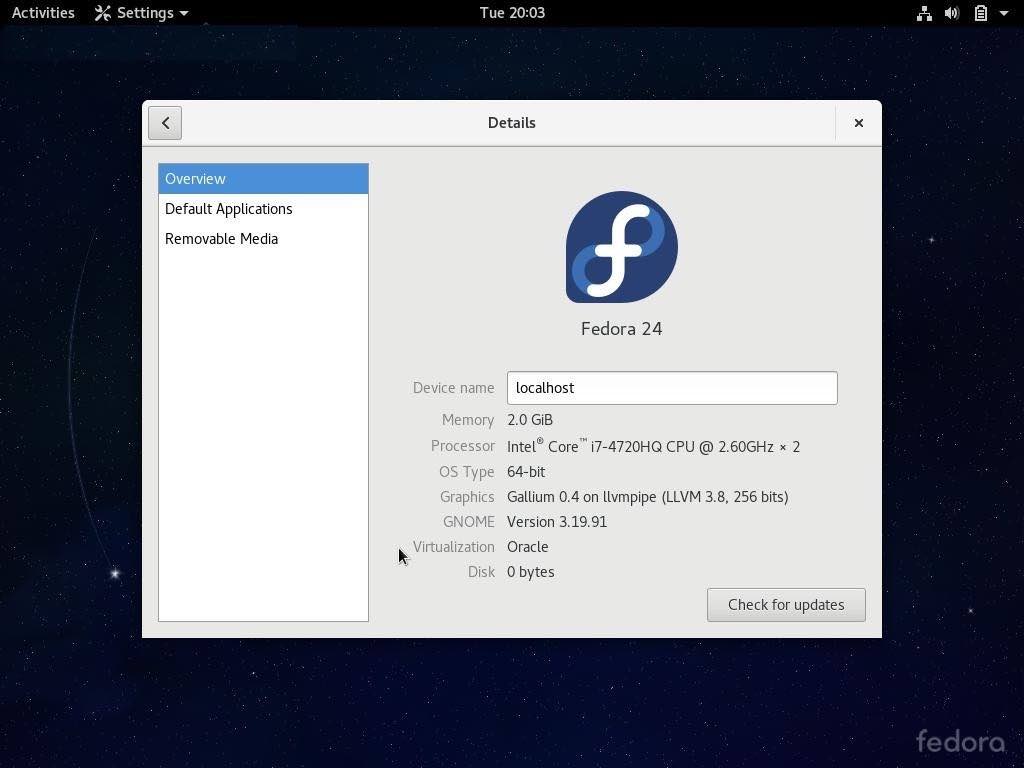
NordLynx is the company's new "fast and secure" VPN solution built atop WireGuard. This was reported by email to the Support of NordVPN.Well known Panama-based VPN provider NordVPN has announced their NordLynx technology today that is based on the WireGuard protocol. This way the implementation should be correctly configured and will work when the command to start the VPN is implemented.

Sudo openssl x509 -inform der -in /etc/strongswan/ipsec.d/cacerts/r -out /etc/strongswan/ipsec.d/cacerts/NordVPN.pem Sudo wget -O /etc/strongswan/ipsec.d/cacerts/r

Sudo nano /etc/strongswan/strongswan.d/charon/nf #When Copy-paste the info on the tutorial change the following line - rightca= - to this: rightca=/etc/strongswan/ipsec.d/cacerts/NordVPN.pem So on a fresh installation of Fedora Linux 34, the correct line of commands would be: sudo dnf update -refresh -y Also using the sudo ipsec restart or sudo ipsec up NordVPN will not restart or start up the StrongSwan but the OpenSwan. OpenSSL is not installed by default on the distro, having to download beforehand. Also further the config, openSSL is used to convert a. The nano will open/create a file totally blank, while in reality the equivalent file available in sudo nano /etc/stongswan/nf have example commands commented out. That is easily seen as for example in this command: sudo nano /etc/nf. The correct paths start always as /etc/strongswan/. If the path /etc/ is used in reality what you are editing in terms of files is the Fedora Linux implementation of OpenSwan, not the StrongSwan. The other problem is that the paths are not correct for the Fedora Linux (the version I tested, I didn't tried on RHEL/CentOS distros). It would be easy by simply converting the commands from apt-get to dnf. The problem is that the config available on the website is based in Debian and Arch based configs, so no RHEL/CentOS/Fedora. For the users who are connecting from a country with internet restrictions, specially China, currently there is a solution using StrongSwan.


 0 kommentar(er)
0 kommentar(er)
